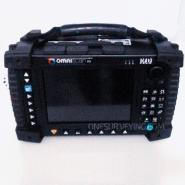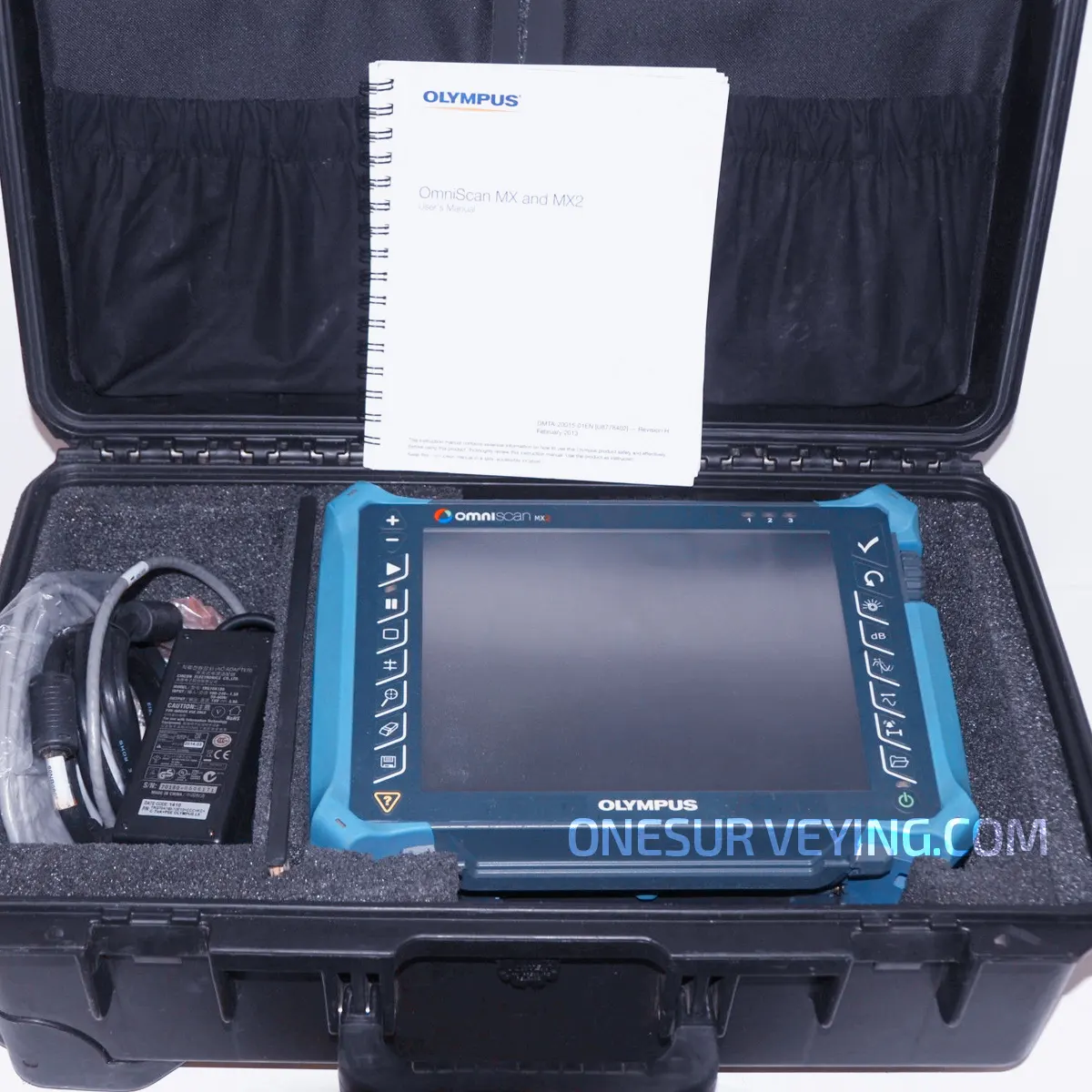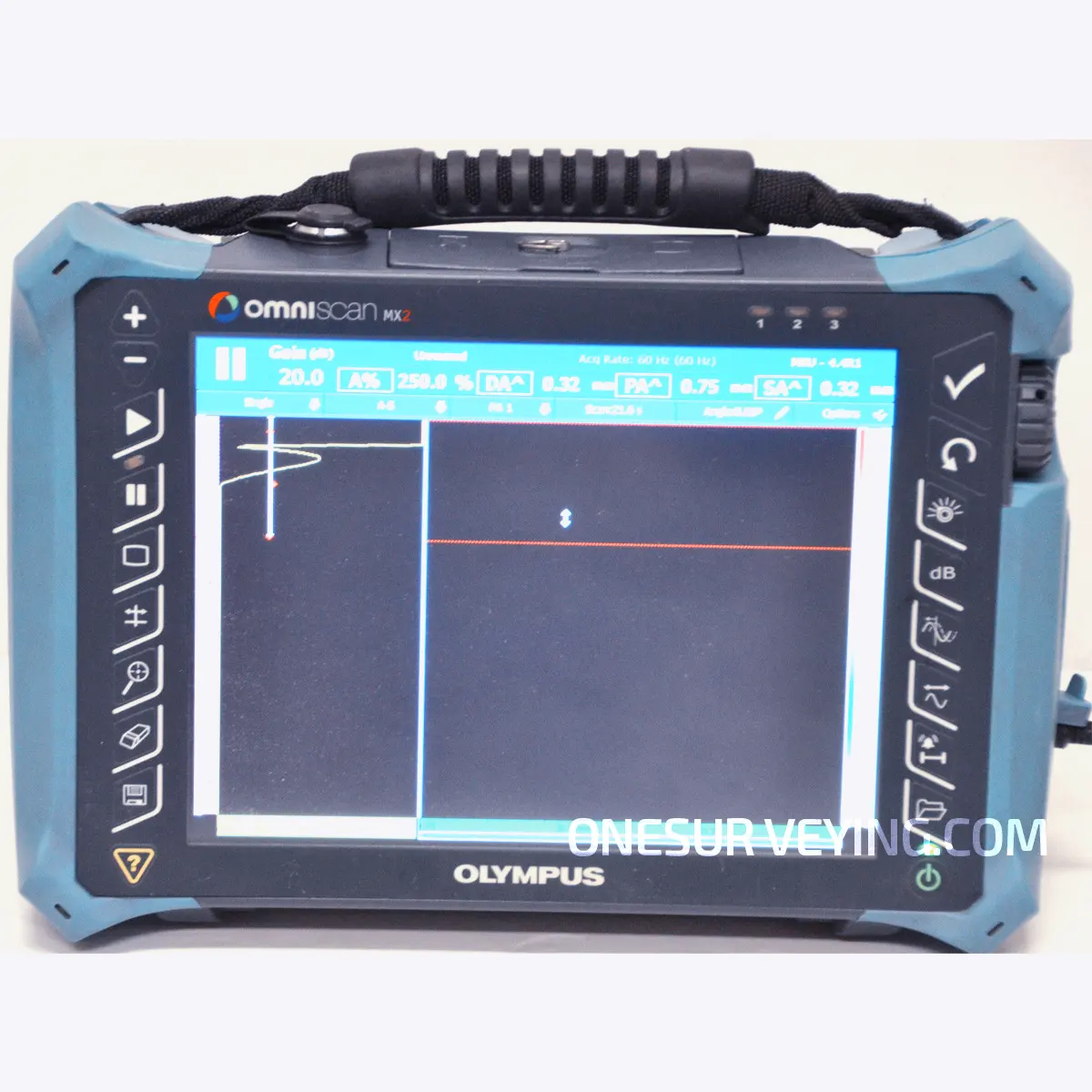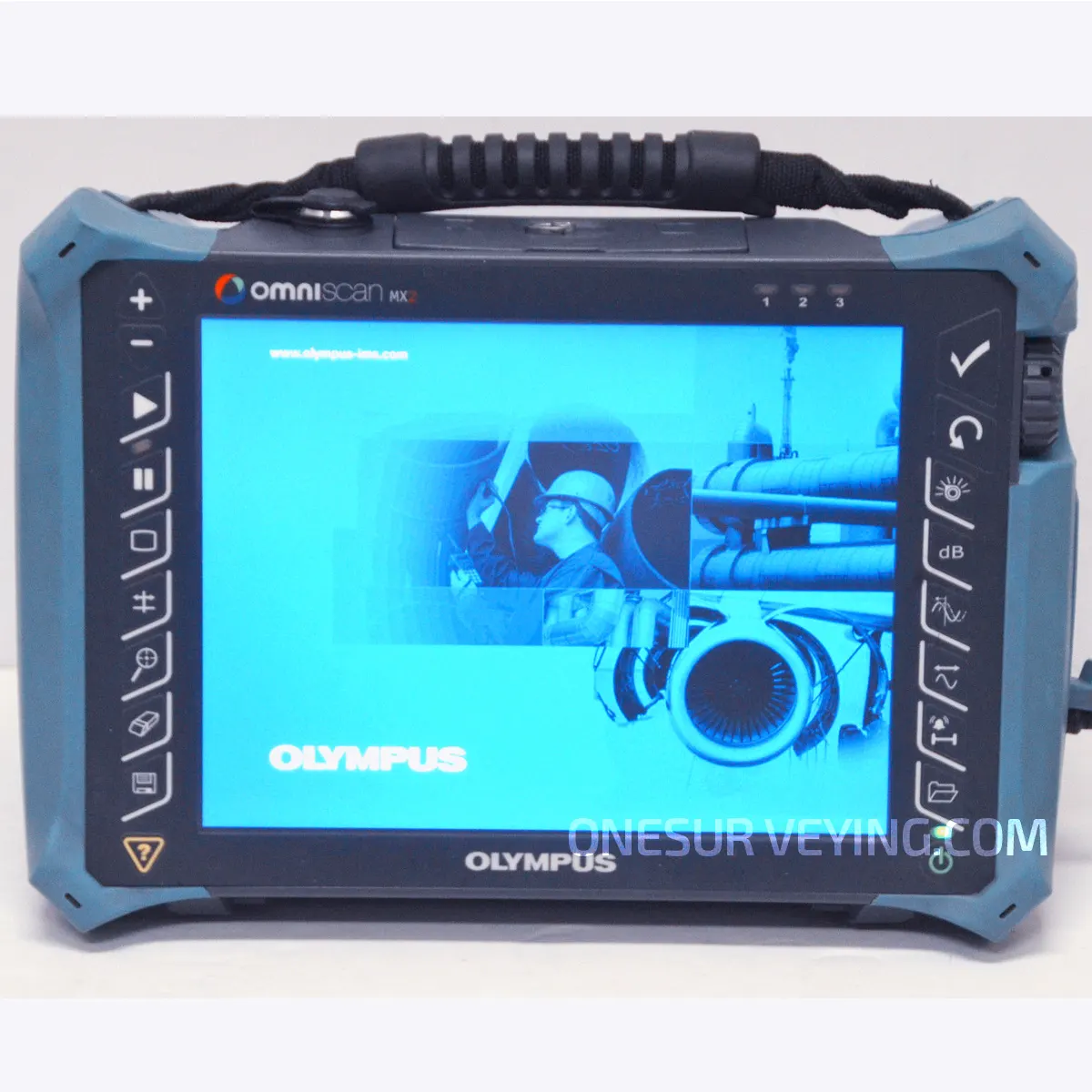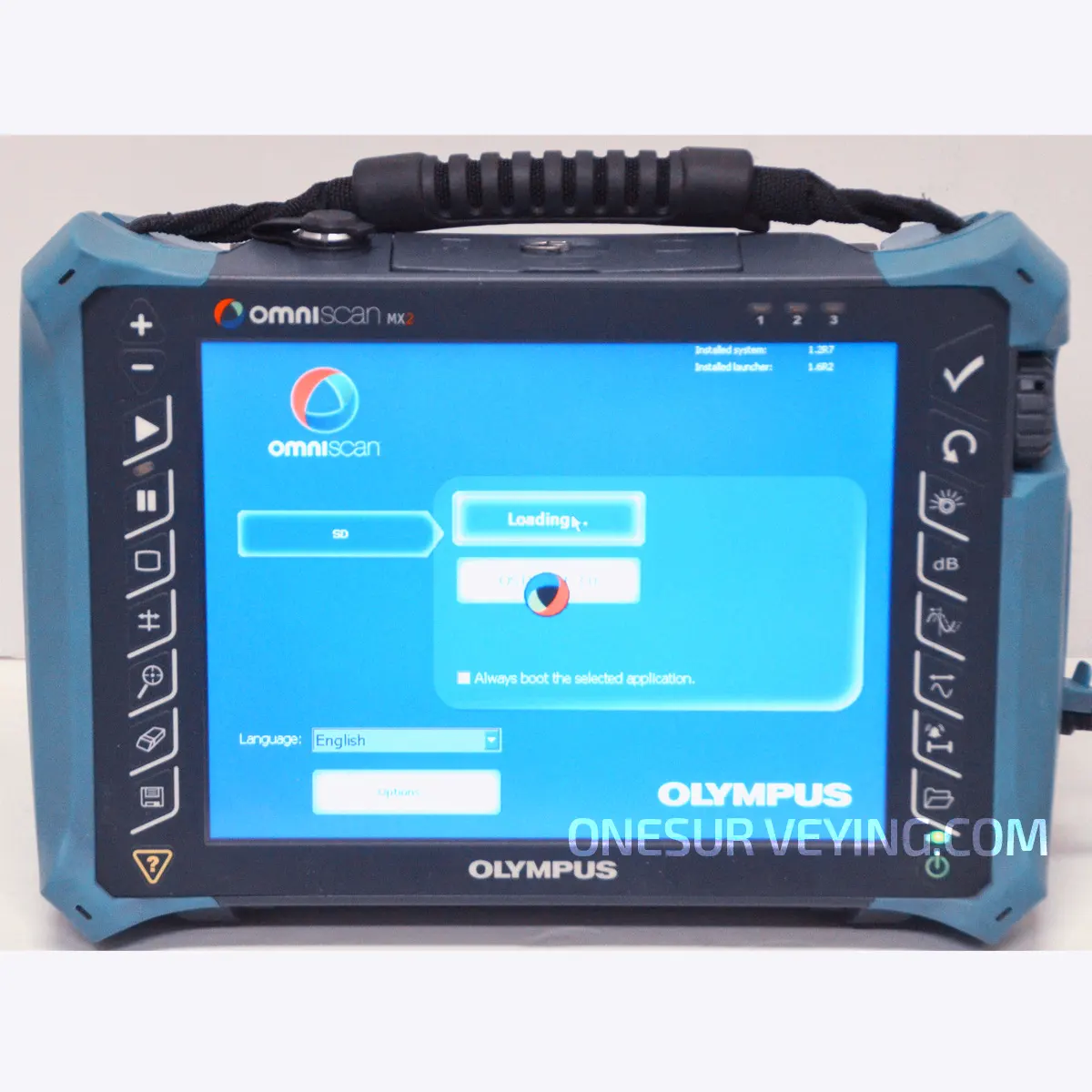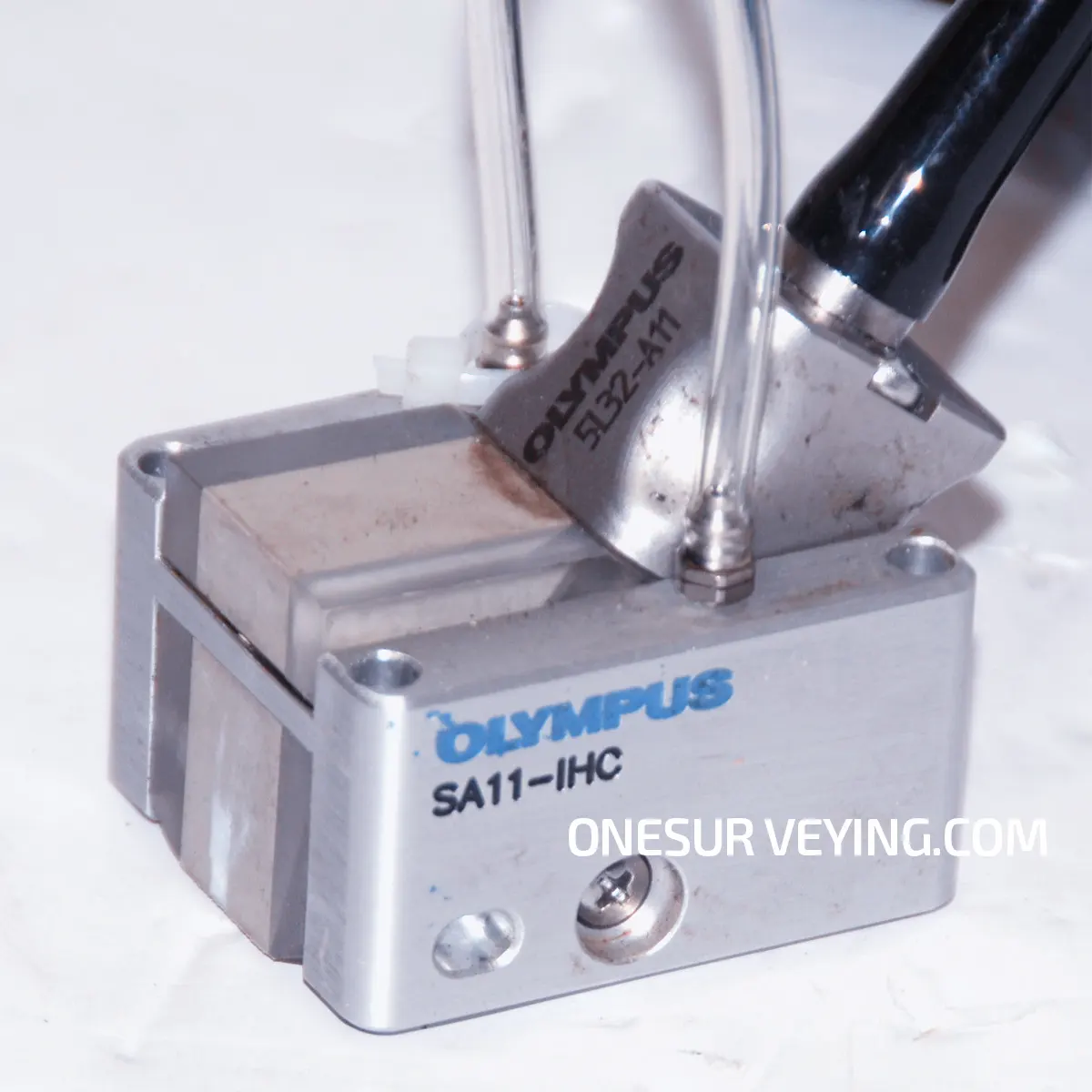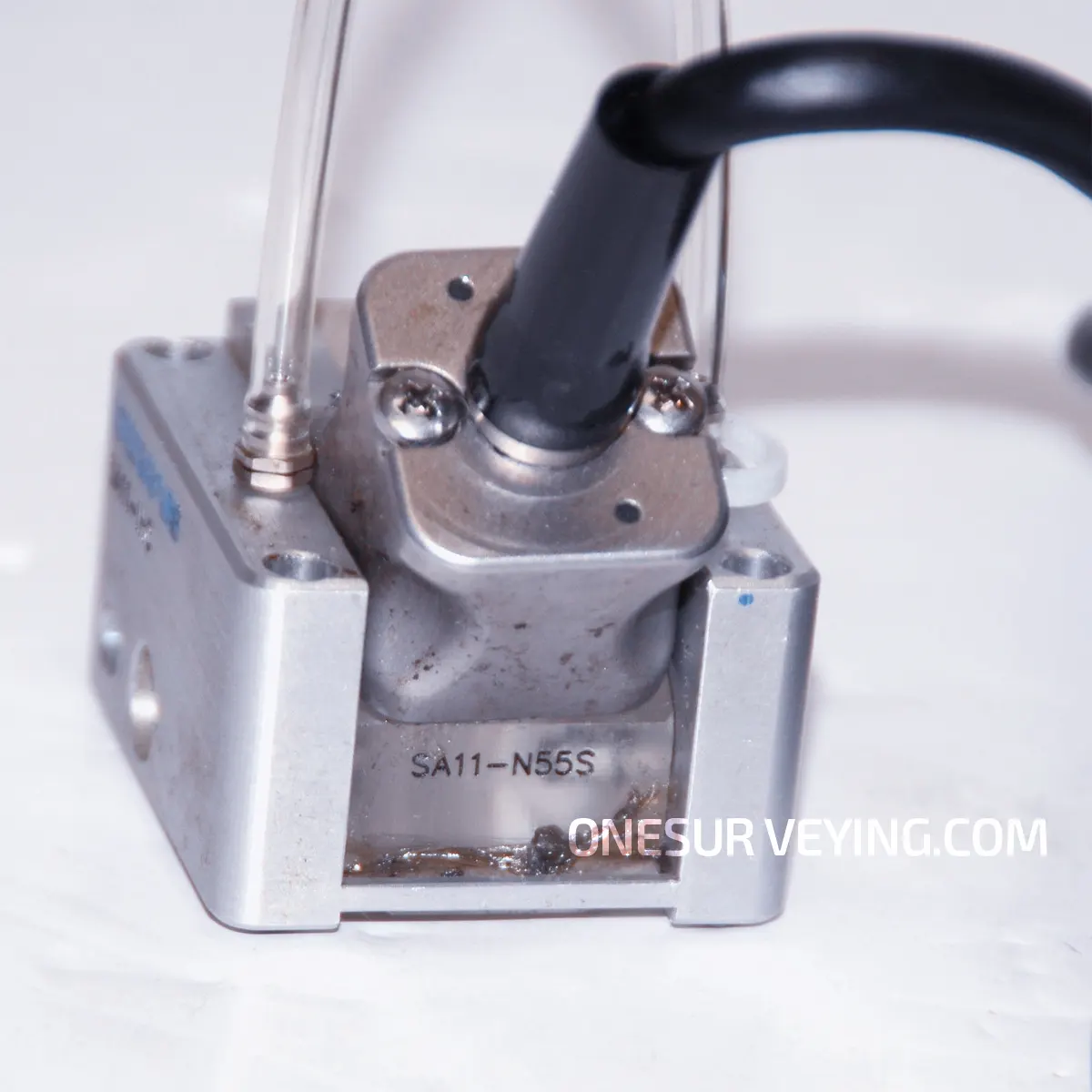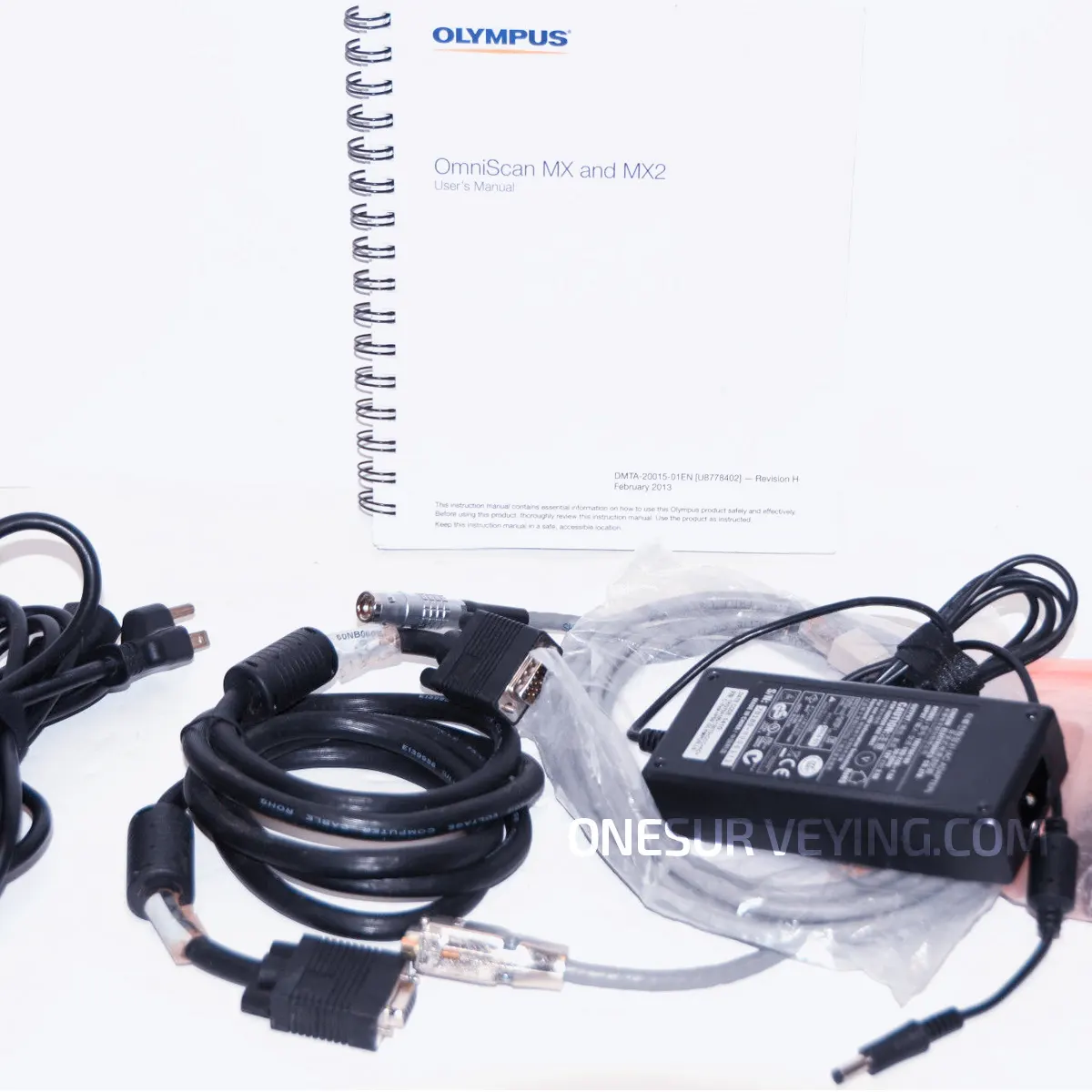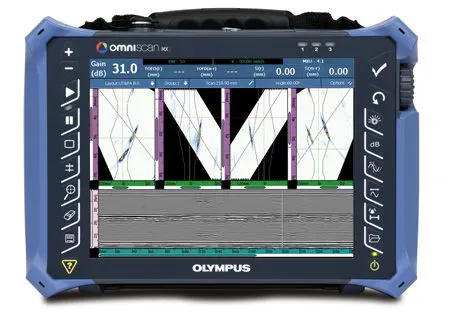Olympus OmniScan MX2 16:128 Ultrasonic Phased Array Flaw Detector for sale, 16:128 Module & Probe, TOFD Support, Multigroup support & Weld Application. Everyhing is in great working and cosmetic condition.
Sale Includes:
- Olympus Omniscan MX 16:128 Module & Probes (SA11-IHC Removable IHC (irrigation, holes and cabides) ring for SA11 wedges)
- User Manual CD and Brochures
- Charger for unit
- Power cord for charger
- Hard carrying case
Olympus OmniScan MX2 | Thickness and Flaw Inspection Solutions
Olympus now offers OmniScan MX2 a new PA module with TOFD, a new UT module, as well as new software programs (NDT SetupBuilder and new OmniPC version) that expand the capabilities of the successful OmniScan MX2 platform and improve the workflow efficiency of nondestructive testing inspections.
The OmniScan MX2 increases testing efficiencies, ensuring superior manual and advanced AUT application performance with faster setups, test cycles, and reporting, in addition to universal compatibility with all phased array and ultrasound modules: past, present and future. Designed for NDT leaders, this high-end, scalable platform delivers true next-generation NDT performance.
OmniScan MX2 offers a high acquisition rate and new powerful software features for efficient manual and automated inspection performance—all in a portable, modular instrument.
Powerstart your day the right way with the OmniScan MX2. The OmniScan MX2 simplifies and speeds up the setup process with its new WeldOverlay software feature, so you can start testing immediately. Featuring the industry-standard phased array user interface with faster-than-ever performance,a bigger and brighter 10.4 in. screen, new and unique intuitive touch-screen capabilities, and faster data transfer, enabling you to get to your next inspection quicker.
The OmniScan MX2 is now designed for IP66, and built to withstand the drops, spills, and abuse that typically occur in the most demanding inspection environments.
Building on a Solid BasisThis second generation OmniScan MX2 increases testing efficiency, ensuring superior, advanced AUT application performance with faster setups, test cycles, and reporting, in addition to universal compatibility with more than 10 phased array and ultrasound modules. Designed for NDT experts, this high-end, scalable platform delivers true next-generation NDT performance. The OmniScan MX2 offers a high acquisition rate and new powerful software features for efficient manual and automated inspection performance—all in a portable, modular instrument. |
|
Faster Is Better!Powerstart your day with the OmniScan MX2. The OmniScan MX2 simplifies and speeds up the setup process with its intuitive step-by-step Wizard, so you can start testing quickly. Featuring the industry-standard phased array user interface with faster-than-ever performance, a bigger and brighter 10.4 in. (26.4 cm) screen, new and unique intuitive touch-screen capabilities, and faster data transfer, the MX2 enables you to get to your next inspection quicker. |
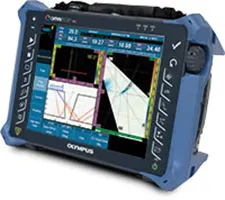 |
More than an Instrument-A Solution Provider
The OmniScan MX2 is an important part of your inspection solution, and can be combined with other critical components to form a complete inspection system. Olympus offers a complete product range that includes phased array probes, scanners, analysis software, and accessories, all of which are integrated and packaged into rapidly deployable, application-specific solutions for a quick return on your investment. In addition, Olympus offers a high-quality global calibration and repair service, backed by a team of phased array application experts to ensure that you get the support you need.
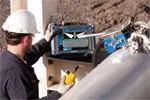
Pressure Vessel Weld Inspection |
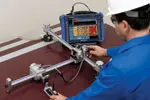
Composite Inspection |

Weld Inspection of Small-Diameter Pipes |
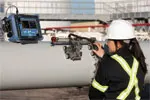
Manual and Semiautomated |
Modular Instrument
A Platform that Evolves as your Needs Grow
Designed to secure both your current and future phased array investments, the OmniScan MX2 houses more than 10 different Olympus modules. You can be confident that you will get the most out of your investment as specifications will continue to evolve with your needs through constant software updates.
State of the Art PA2 and UT2 Modules
As a world leader in phased array technology, Olympus has released a new line of modules compatible with MX2 instrument.
PA2The new phased array offer-led by the new innovative PA2 modules, features multiple improvements, such as: Best Phased Array and TOFD Signal Quality Ever
More Multi-group Capabilities
General Hardware Improvements
|
 16:64 PA2 16:128 PA2 32:128 PA2 32:128PR PA2 |
UT2The new conventional ultrasound module features the same UT-channel technology as the PA2 modules, but offers twice as many channels. |
OmniScan MX2 Mainframe Specifications:
| Dimensions | 325 x 235 x 130 mm (12.8 x 9.3x 5.1 in.) |
| Weight | 3.2 kg (7 lb), no module and one battery |
| Data Storage | |
| Storage devices | SDHC card, most standard USB storage devices, or fast Ethernet |
| Data file size | 300 MB |
| I/O Ports | |
| USB ports | 3 |
| Audio alarm | Yes |
| Video output | Video out (SVGA) |
| Ethernet | 10/100 Mbps |
| I/O Lines | |
| Encoder | 2-axis encoder line (quadrature, up, down, or clock/direction) |
| Digital input | 4 digital TTL inputs, 5 V |
| Digital output | 4 digital TTL outputs, 5 V, 15 mA |
| Acquisition on/off switch | Remote acquisition enabled TTL, 5 V |
| Power output line | 5 V, 500 mA power output line (short-circuit protected) |
| Alarms | 3 TTL, 5 V, 15 mA |
| Analog output | 2 analog outputs (12 bits) ±5 V in 10 kΩ |
| Pace input | 5 V TTL pace input |
| Display | |
| Type | TFT LCD |
| Size | 26.4 cm (10.4 in.) (diagonal) |
| Resolution | 800 pixels x 600 pixels |
| Brightness | 700 cd/m2 |
| Number of colors | 16 million |
|
Power Supply |
|
| Battery type | Smart Li-ion battery |
| Number of batteries | 1 or 2 (battery chamber accommodates two hotswappable batteries) |
| Battery life | Minimum 7 hours with two batteries |
|
Environmental Specifications |
|
| Operating temperature range | -10 °C to 45 °C (14 ºF to 113 ºF) |
| Storage temperature range | –20 °C to 60 °C (–4 ºF to 140 ºF) with batteries –20 °C to 70 °C (–4 ºF to 158 ºF) without batteries |
| Ingress Protection Rating | Designed for IP66 |
| Shockproof rating | Drop-tested according to MIL-STD-810G 516.6 |
| MX2 Module Compatibility | |
| MXU 4.1R8 and later | OMNI-M2-PA32128PR |
| MXU 4.0 and later |
|
| MXU 3.1 and MXU 4.1R9 and later | OMNI-M-UT-8CH |
Phased Array Module Specifications (Applies to OMNI-M2 modules)
| Connectors |
|
||
| Number of focal laws | 256 | ||
| Probe recognition | Automatic probe recognition | ||
| Dimensions | 226 x 183 x 40 mm (8.9 x 7.2 x 1.6 in.) | ||
| Weight | 1.6 kg (3.5 lb) | ||
| Pulser/Receiver | |||
| Aperture | 32 elements | ||
| Number of elements | 128 elements | ||
| Pulser |
|
||
| Voltage |
|
||
| Pulse width |
|
||
| Pulse shape |
|
||
| Output impedance |
|
||
| Receiver |
|
||
| Gain |
|
||
| Input impedance |
|
||
| System bandwidth |
|
||
| Beamforming | |||
| Scan type | Sectorial and linear | ||
| Group quantity | Up to 8 | ||
| Data Acquisition | |||
| Digitizing frequency | 100 MHz | ||
| Maximum pulsing rate | Up to 10 kHz (C-scan | ||
| Data Processing |
|
||
| Number of data points |
Up to 8,192 |
||
| Real-time averaging |
|
||
| Rectifier |
RF, full wave, half wave +, half wave – |
||
| Filtering |
|
||
| Video filtering |
Smoothing (adjusted to probe frequency range) |
||
| Data Visualization | |||
| A-scan refresh rate | Real time: 60 Hz | ||
| Data Synchronization | |||
| On internal clock | 1 Hz to 10 kHz | ||
| On encoder | On 2 axes: from 1 to 65,536 steps | ||
|
Programmable Time-Corrected Gain (TCG) |
|||
| Number of points | 32: One TCG curve per focal law | ||
| Alarms | |||
| Number of alarms | 3 | ||
| Conditions | Any logical combination of gates | ||
| Alarm outputs | 2 | ||
GE Inspection USM/DMS GO Flaw Detector

Olympus OmniScan MX 32:128 PR Phased Array
